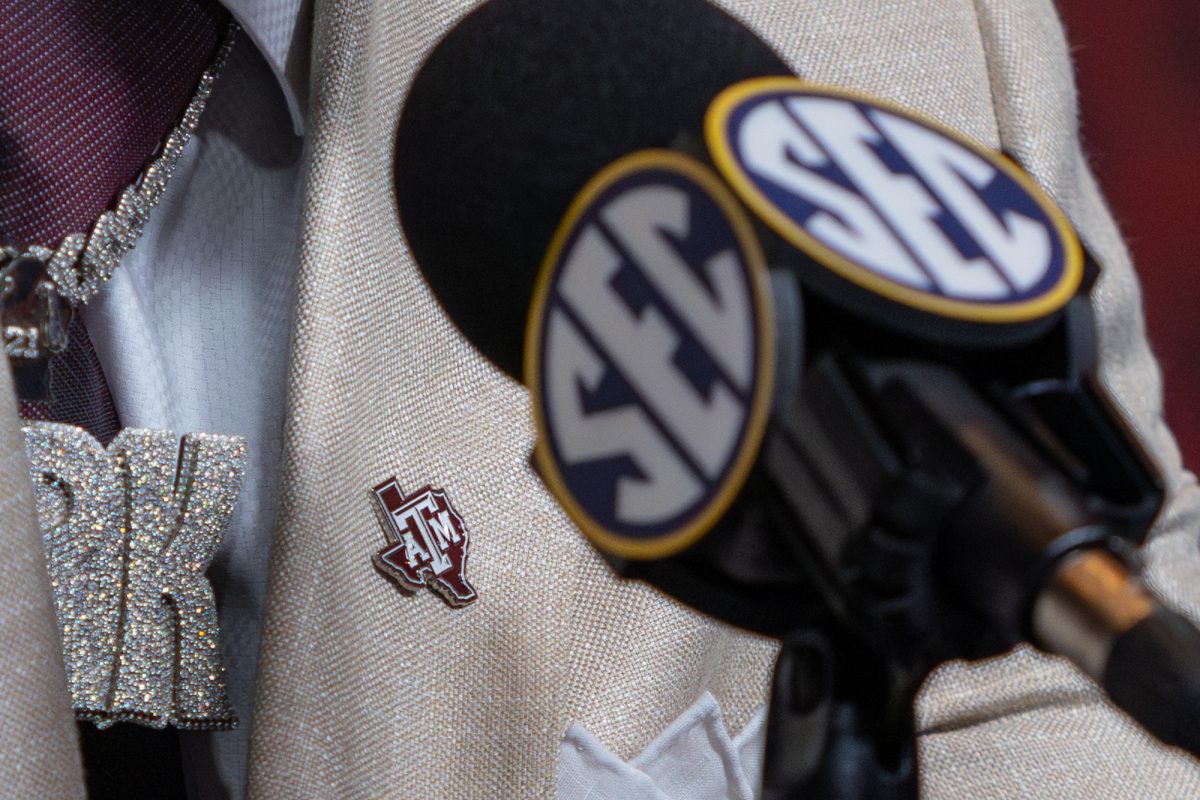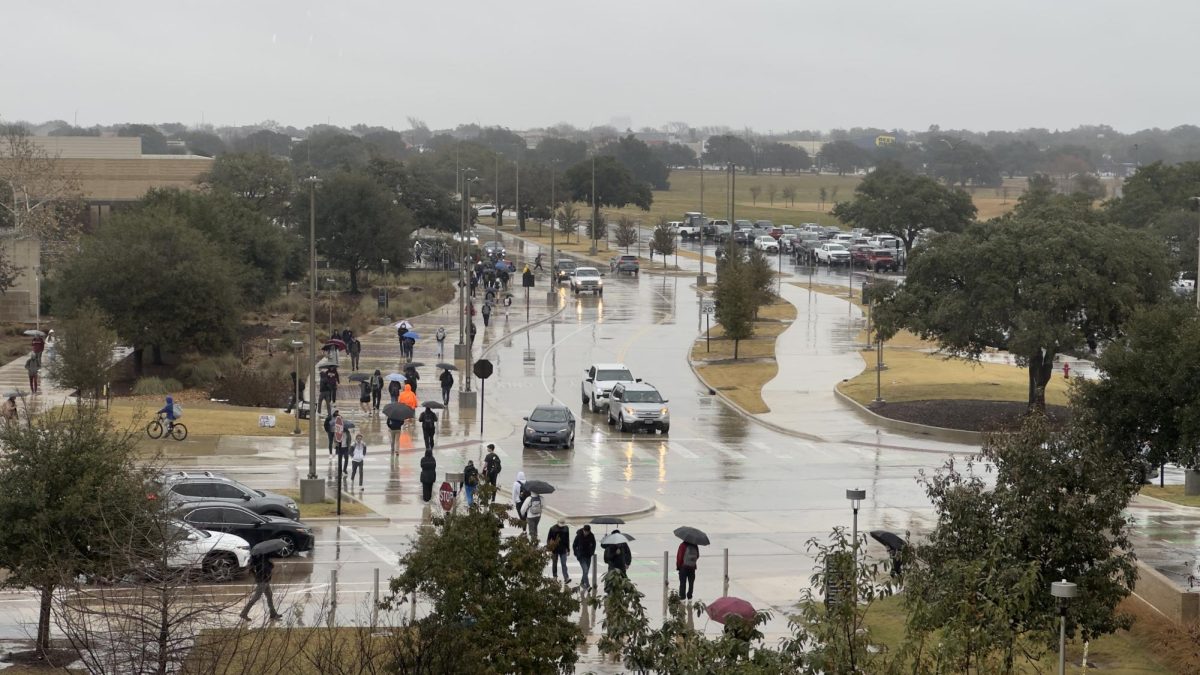NEW YORK (AP) – The military’s campaign against terrorism could include such high-tech tools as spy satellites, drones, motion sensors and smart bombs.
The shadowy National Security Agency is already believed to be directing spy satellites to monitor camps, while the agency’s supercomputers search for clues to militants’ identities and whereabouts.
The Air Force may send unmanned ”drone” aircraft to record images and sounds using sophisticated radar and imaging tools.
U.S. ground troops could scout for hostile forces using hidden sensors buried in the ground or dropped from the air – and airborne reconnaissance vehicles the size of birds.
But even with these high-tech devices, experts say, it will be difficult to root out warrior clans that may not wear uniforms and whose beliefs and actions may be all that distinguish them from civilians.
”We’re like the best hardware store in town,” said John Hillen, a former defense analyst and Bush campaign adviser. ”We have all the latest power tools. They were useful when the problems in the neighborhood required that stuff. Now the neighborhood has an infestation of fruit flies. And all we’ve got is a store full of power tools.”
In recent conflicts, U.S. military technology sometimes fell short. In 1999, U.S. aircraft destroyed just two dozen Serbian tanks in a 78-day air campaign. In 1993, U.S. special forces failed to capture Somali warlord Mohamed Farah Aidid. And, during the Gulf War, Saddam Hussein survived several bombings.
The capture of Osama bin Laden, whom U.S. officials have called the main suspect in the terrorist attacks, is also expected to be difficult. Bin Laden survived a fusillade of U.S. cruise missiles in 1998.
”It’s the hardest problem you can imagine,” said Glenn Buchan, a Rand Corp. military surveillance expert. ”The places he hides – like caves – are hard to attack.”
Locating military targets is the first task, analysts say.
The Defense Department plans to ask Congress to fund several weapons and surveillance systems, including sensors that monitor telecommunications while buried in the ground, said Mike Vickers of the Center for Strategic and Budgetary Assessments, a military think tank in Washington.
U.S. intelligence agencies want to focus all available spy satellite resources on suspected terrorist targets in Afghanistan and elsewhere, Vickers said.
The Defense Department would not publicly discuss what tools it may use.
”It is our longstanding policy at the Department of Defense not to comment on intelligence matters,” Pentagon spokesman Bryan Whitman said Sunday.
Analysts say Washington probably has shifted satellites that intercept radio and mobile phone traffic to focus on Afghanistan.
”That’s a classic first step,” said William C. Martel, a professor at the U.S. Naval War College.
But many terrorists have learned to monitor satellite fly-by schedules so they will know when to duck, Buchan said.
Airplanes are tougher to avoid.
The U.S. military has two types of drones, or unmanned aerial vehicles, that could see action: The low-altitude Predator, which manufacturer General Atomics Inc. sells for about $5 million, and the $15 million high-altitude Global Hawk – technically still in the testing phase – produced by Northrop Grumman Corp.
On Sunday, Defense Secretary Donald H. Rumsfeld said a Predator over Afghanistan was reported missing.
”That happens from time to time in terms of the controls. We have no reason to believe it was shot down,” he said.
The eerie-looking windowless planes can hover over a target for up to 40 hours, transmitting high-resolution images to the Pentagon, Buchan said.
The unmanned planes might also be equipped with radar that can ”see” at night and through clouds, and imagery that can differentiate between camouflage and vegetation.
Drones might also be retooled to carry weapons and could soon be given radar-invisible cloaks, Buchan said. In a recent U.S. military test an armed drone destroyed a tank, he added.
”We could do it tomorrow if it were important enough,” Buchan said.
Soldiers might also use Micro Air Vehicles, flying mechanical scouts about the size of a bird that could be sent over a hill or around a building to relay images to a soldier’s handheld computer. The devices, being tested now, could detect chemical or biological weapons, according to the Defense Advanced Research Projects Agency.
Military may use satellites
September 24, 2001
Donate to The Battalion
Your donation will support the student journalists of Texas A&M University - College Station. Your contribution will allow us to purchase equipment and cover our annual website hosting costs.



















